VR applications have become a real successor in many industries from gaming to healthcare. After all, by immersing customers or employees, businesses and organizations have an opportunity to interact with them much more cost-effectively.
Why are VR trainings so reasonable? How much does it cost to develop a VR application for your company? Find out this and much more in our article.
Benefits of Virtual Reality Application Development for Business
1. Powerful Visualization. VR is a great tool for physical product visualization. It enables users to see products in 3D, interact with them, rotate from all sides and literally “feel” objects. Also it is possible to share the experience with other users no matter how far they are.
2. More Effective Training. It is a very powerful tool for educating students and employees within the organization. According to recent studies, medical students who were given VR training completed it 20% faster and completed 38% more steps correctly than those in the traditionally trained group (Western Orthopedic Association). Its main advantage is the ability to immerse in learning situations without any threads for trainees.
3. Deep Immersion. This feature is inherent and works for all industries, but in this context is most suitable for the gaming industry. After all, VR technology can fundamentally change the gaming experience, allowing you to fully immerse yourself in the plot. Besides, by using controllers users can feel like a real hero of the game, fight with a physical sword or, for example, hit the ball with a real baseball bat on a virtual baseball field.
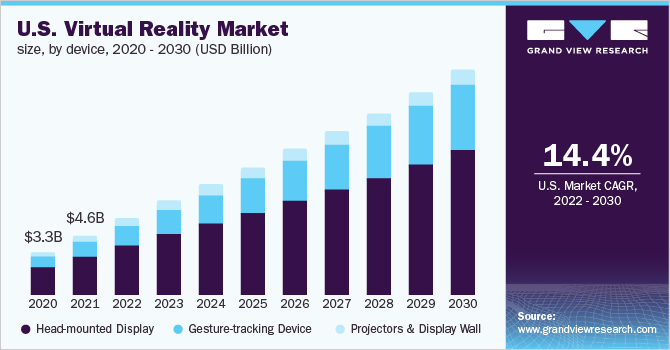
Mind-blowing AR/VR ideas can’t wait
We use the latest immersive technologies for creating apps to exceed our clients’ expectations.
Drop us a lineHow Much Does It Cost to Develop a VR Application?
The cost of virtual reality development depends on a huge number of factors. You, as a customer, must have not only a general idea but also answers to the following questions:
- What is the main goal of the project?
- What are the key features?
- Define your design preferences.
- How do you see the user experience?
- Also you have to decide a target VR device for your application.
Developing a basic VR application typically takes 6-8 weeks and costs at least $15,000. On the other hand, a project of medium complexity, such as an online store integrated with VR functionality, can take up to 4-6 months and come with a price tag starting at $30,000.
Here are some factors that can affect the cost of developing a virtual reality application:
- Platform compatibility. Developing a VR app/game that works across multiple platforms and devices can increase costs due to the need for additional testing and optimization.
- Complexity of the product. The complexity of the VR app/game, including its functionality and the amount of content to be created, can have a significant impact on the cost.
- Level of interactivity. Application with more interactive features, such as real-time interactions or advanced AI, require more development time and therefore increase the cost.
- Quality of content. The cost to develop virtual reality content (high-quality visuals and audio) can be a time-consuming and expensive process, especially for immersive experiences that require detailed graphics and 3D models.
- Third-Party Integrations. If a VR app/game needs to integrate with external systems or services, such as payment processing or third-party APIs, this can increase development costs.
- Testing and optimization. Proper testing and optimization of a product is critical to delivering a smooth and seamless user experience. This process can be time consuming and add to the overall cost of development.
- Development team rate. The location of the development team can also affect costs. Hiring developers from countries with lower labor costs can be cheaper, but it can also affect the quality of work and communication.
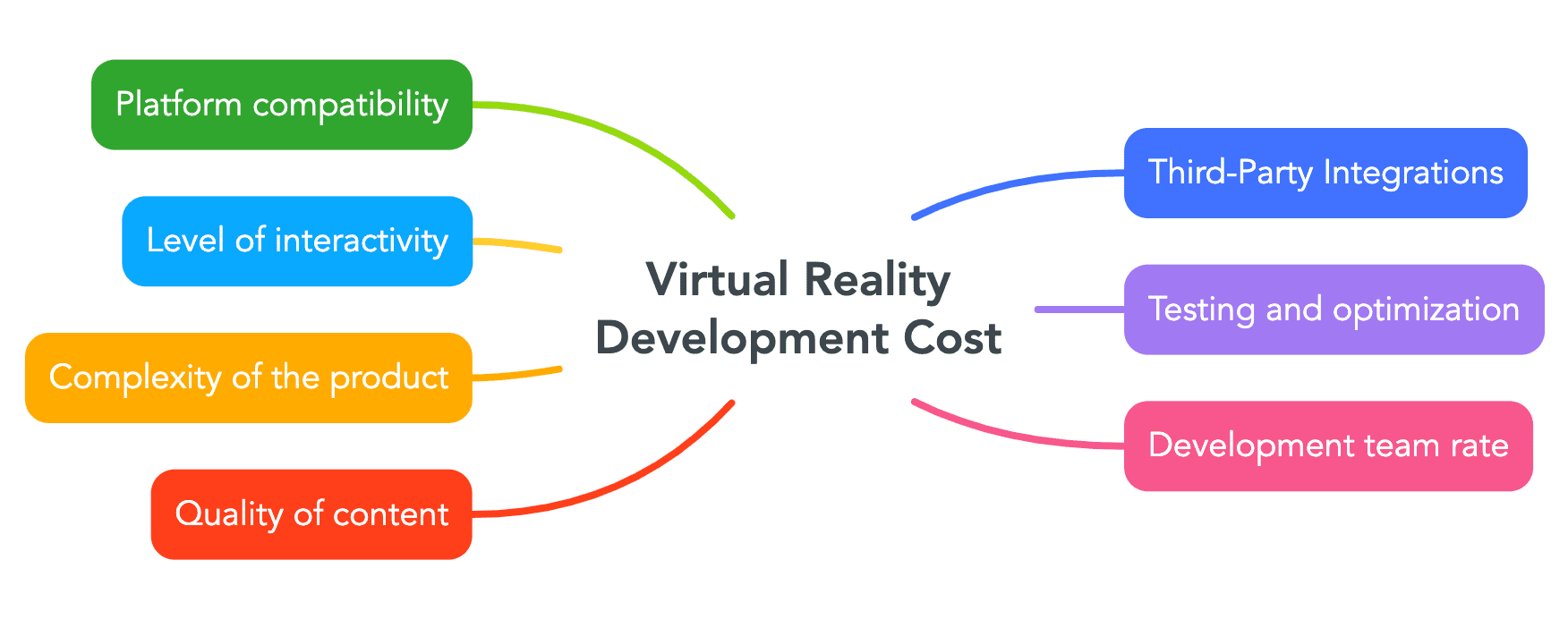
VR App Development Cost by Product Type
Let’s look at main types of VR applications we can develop for your business.
Architectural Visualization App
Businesses in this area can take advantage of VR apps by an architectural visualization or 360 walkthroughs. These solutions provide a delightful experience to increase customer engagement.
Costs depend on two main factors: property size and level of detailing. e.g. To visualize a six-room apartment will take from 6 weeks.
360 Virtual Tour
With VR tours the potential buyers can explore how the building looks or will look like in the future. It helps better understand or visualize their dream house. Besides, 360 Virtual Tours provide an opportunity to create unique experiences for visitors of museums, galleries and other art institutions.
VR Training Simulators
These solutions help to make training cost-effective and, moreover, educate people in a safe environment. VR Trainings are widely used in healthcare, construction, energy, military, aviation, automotive, etc.
Let’s take a medical VR training simulator for surgeons and nursey as an example:
Ready to implement VR training?
SmartTek provides custom virtual reality development services with a rock-solid track record of success customized to your business needs.
Contact usVR Learning Management System (LMS)
LMS collects performance data that helps trainees to understand their strengths and weaknesses, and exposes them to situations they can use to develop skills quicker and digest information easier. It helps you to get all student’s data in one place. In this system organizations can store all essential knowledge and training materials, simulate different scenarios, aggregate results and automate learning process.
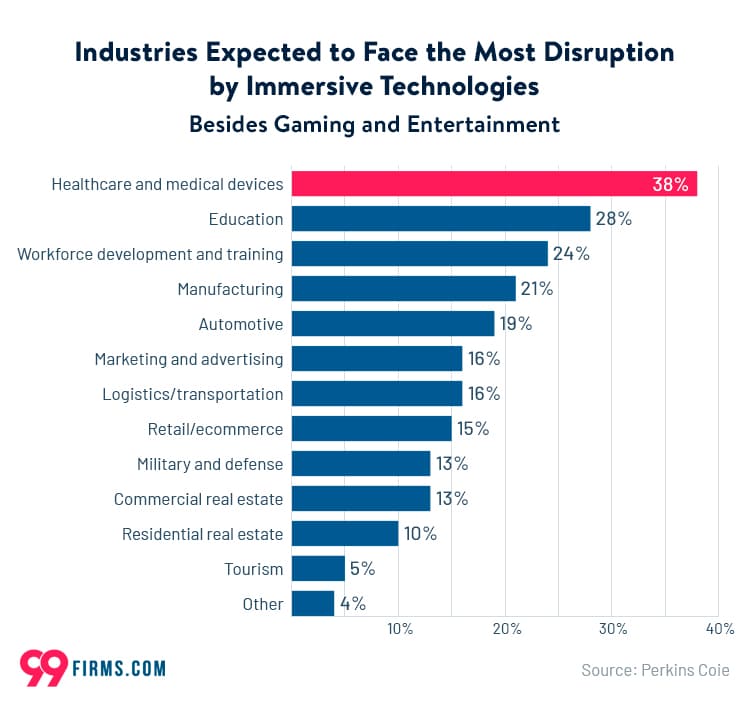
VR Simulation Lab
One of their biggest advantages is that VR Sim labs don’t need large spaces and expensive equipment to hold numerous training experiences. With VR Sim Lab all training is held in a realistic virtual environment and trainees are provided with as many scenarios as needed. Furthermore, with multiplayer functionality trainees can execute complex procedures together in the same place.
The approximate cost of VR development for different types of applications will be as follows:
- Architectural Visualization — starting from $5000
- VR Training Simulators — cost of virtual reality training starting from $10 000
- VR Learning Management System (LMS) — starting from $12 000
- VR Simulation Lab — starting from $15 000
- 360 Virtual Tour — starting from $5000.
VR application development time averages from 3 to 5 months and always depends on your specific task.
What Are Your Next Steps?
If you are looking for a brand-new and cost-effective solution for your business, contact us. SmartTek team will determine the right combination of technologies for your project as well as provide you with various services including VR app design, development, and 3D modeling.

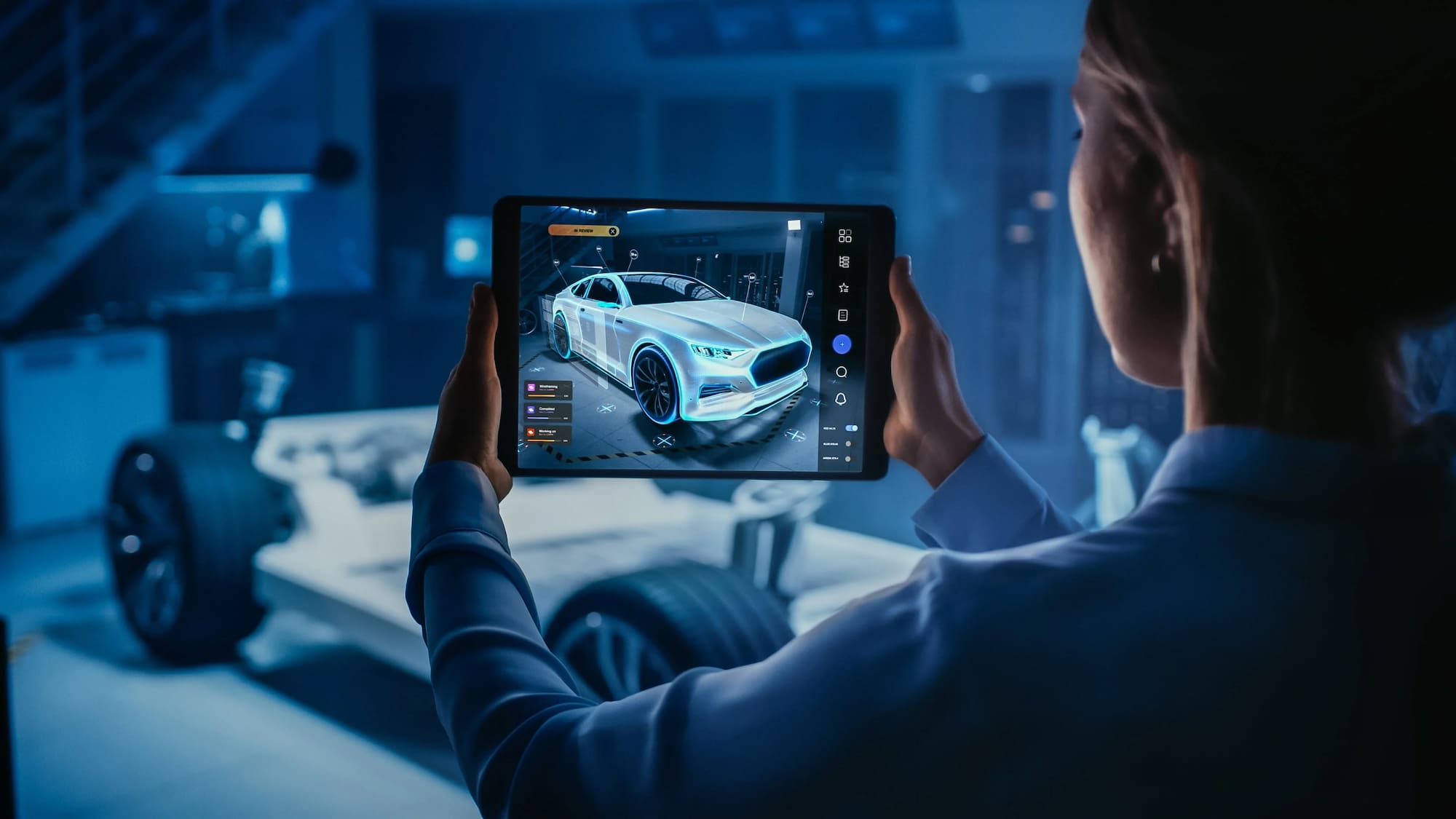



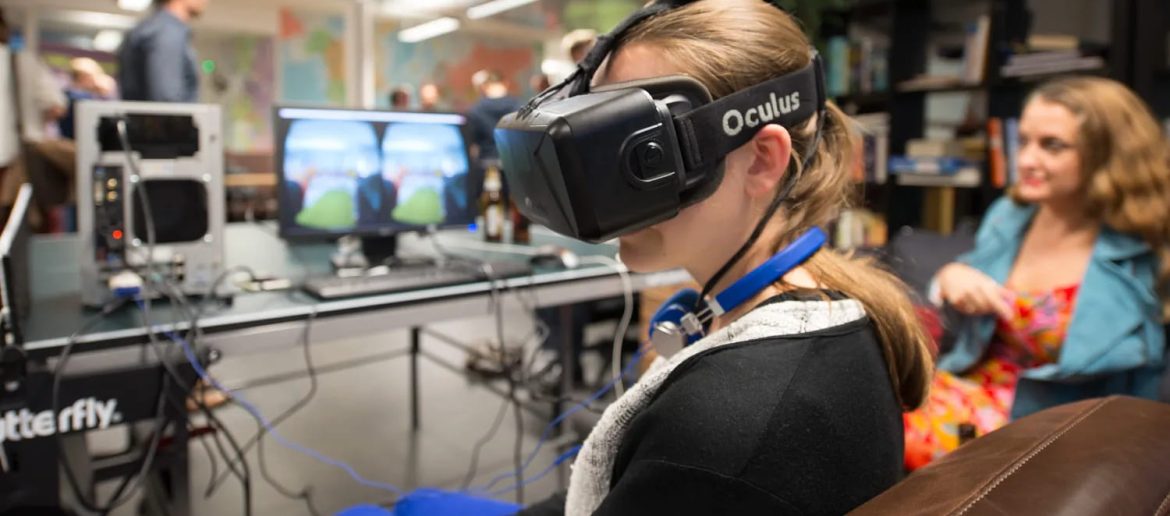
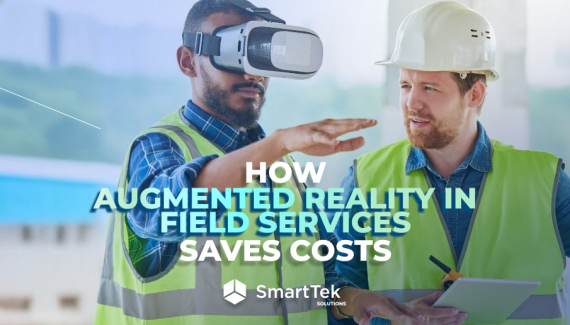 view the post
view the post
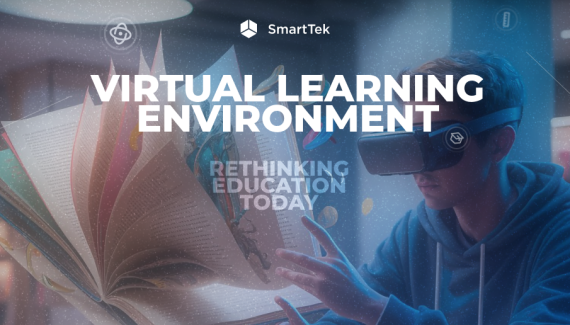 view the post
view the post
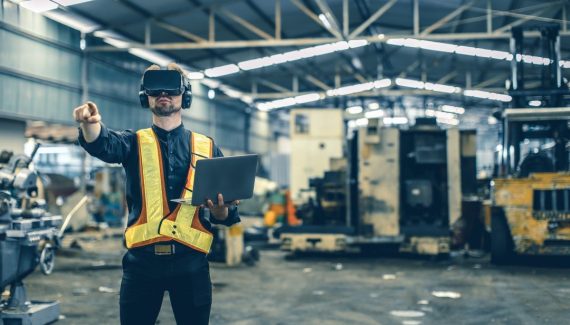 view the post
view the post

